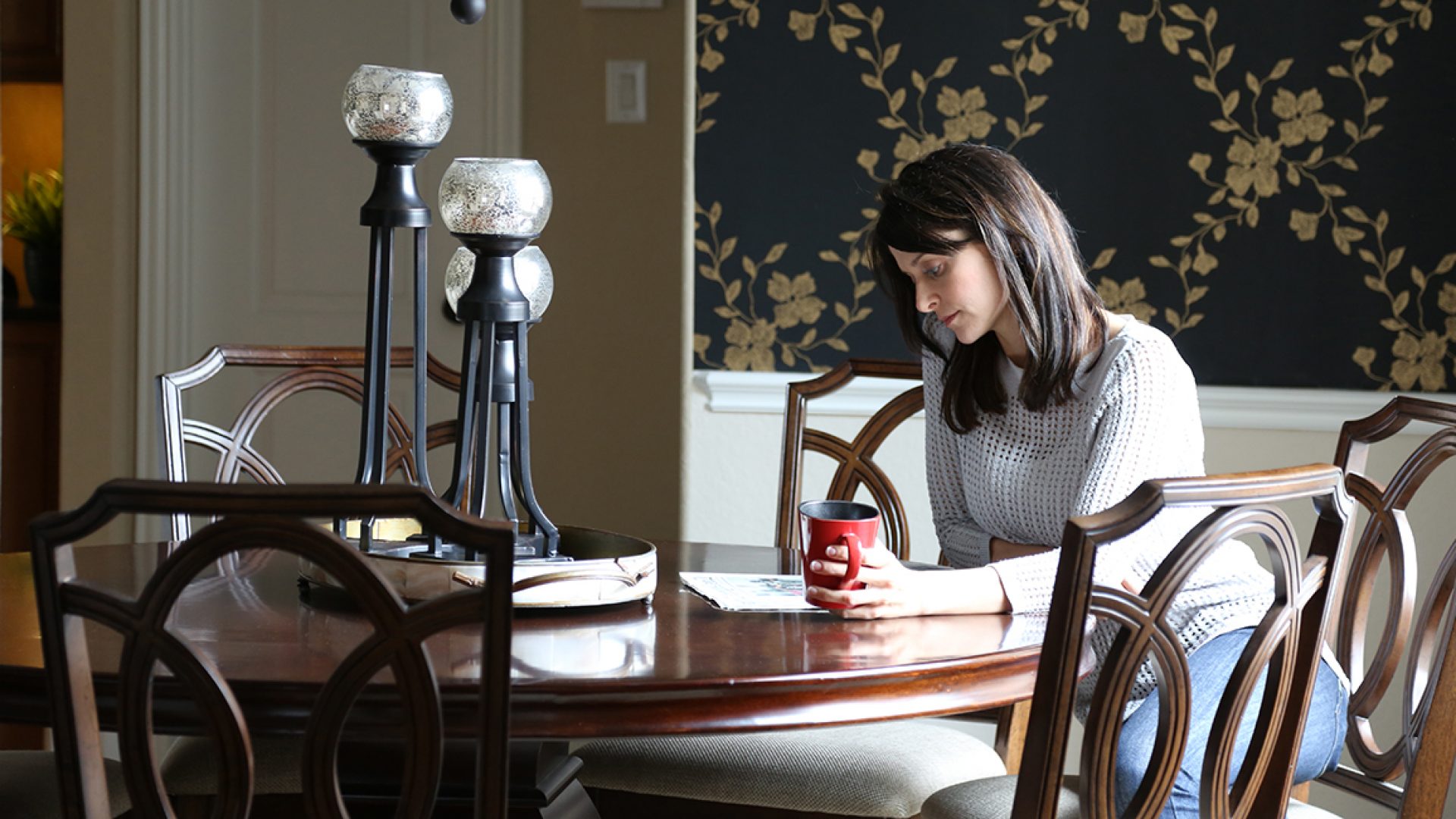Adults who live alone now make up the second most common type of household in America. The economic and demographic reasons behind the rise of the single-family household are explored in this report from the Harvard Joint Center for Housing Studies.
Perhaps nothing speaks greater volume about changes in modern American life than the rise of the single-person household. A recent paper authored by Census Bureau researchers shows that a hundred years ago, fewer than six percent of all households consisted of people who lived alone. By 1940, that share had only inched upward to 7.8%. By 2013, at 28% of all households, it is now the second most common household type just behind married couples without minor children, and well ahead of marrieds with minor children in the household. In the 19th and early 20th centuries, single-person households consisted mostly of men, but the greatest gains in living alone during the past 50 years have been among women. Today, women head 54% of all single-person households.
According to the 2013 American Housing Survey, single-person households are spread across all ages. About 28% of all single person households are under the age of 45, another 36% between the ages of 45 and 64, and 36% are over the age of 65.
As recently as 1940, 61% of single-person households consisted of renters, but today owners are in the majority, with 54% of single person households being owner-occupied.
In the past, when living alone might have been a short-term condition, for many it is now a long-term situation, the result of a number of broad demographic and economic forces at work over the past half century: greater affluence, longer lives, later ages of marriage, higher divorce, smaller family sizes, greater labor force participation and financial independence of women, and stronger government safety nets across a wide spectrum of social programs.




